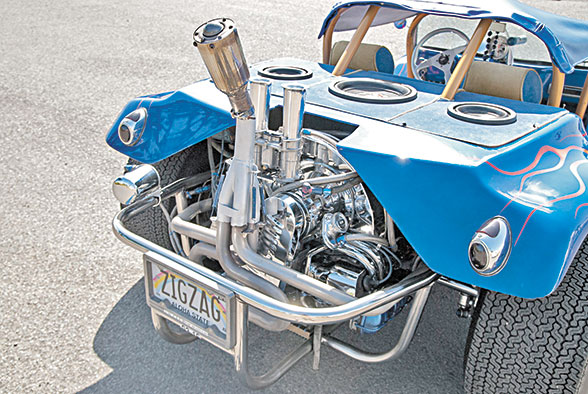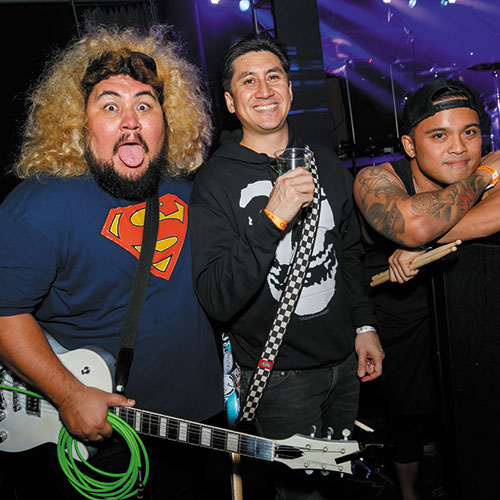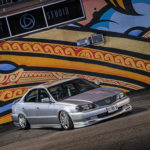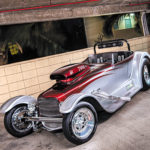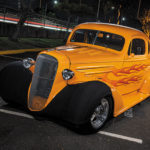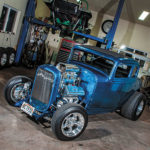SP Rides: The Custom Car Community’s Biggest Advocate
PHOTOS BY JERRETTE KAMAKA
OWNER: Todd Matsumoto
YEAR: 1963
MAKE: Volkswagen
MODEL: Dune Buggy
ENGINE: 2117cc, 48 IDA
DRIVETRAIN: First through fourth full race trans
SUSPENSION: Fully modified
WHEELS: Centerlines, Convo Pros
ELECTRONICS: R & D Sounds
INTERIOR: Johnny’s Auto Top Shop
STEREO: Alpine system, 5,000-watt amp
EXTERIOR: Candy blue Bob Bardo’s Hot Rod Co.
Many custom car owners on Oahu may recall that it was just a few years ago when the state enacted a reconstructed vehicle law that required all kit cars — like this week’s featured ride, a 1963 Volkswagen Dune Buggy — to have an engineered certification.
Todd Matsumoto is one who remembers. He was the person who lobbied state legislators to pass a law that would allow certain vehicles to be exempt from such stringent regulations.
“In 2003, with the help of Sen. Cal Kawamoto, we introduced a bill that would legalize special vehicles like dune buggies since the recon office wasn’t accepting dune buggies as a special interest vehicle,” explained Matsumoto, co-founder of the VW Club of Hawaii. “This certification that the recon office was requiring would mean that kit cars and dune buggies would need to be crash-tested and equipped with air bags and other modern day safety items, which is impossible to get unless you’re a car manufacturer.”
Known as the Dune Buggy bill, it was vetoed by former Gov. Linda Lingle during her first year in office. At the next legislative session, however, Matsumoto and Kawamoto fine-tuned the bill to specifically address cars that were built in 1967 and earlier, and the bill was eventually passed as ACT 126.
The special interest vehicle law was intended to accommodate hobbyists who wanted to modify an old vehicle for very limited use in parades or during a Sunday drive around the island. Currently, the law limits the age of vehicles that can be classified as special interest vehicles to the year before the Federal Motor Vehicle Safety Standards became effective. The basis of this law was that if a vehicle has no safety standards to comply with, then modifying the vehicle would not defeat any standard.
When the 2015 Legislature convened earlier this year, Matsumoto, along with the help of state Reps. John Mizuno and Henry Aquino, introduced another bill that would amend ACT 126 to include any vehicle that is more than 25 years old.
“In 1968, the federal government enacted the Federal Motor Vehicle Safety Standards. This year we introduced a bill to take out the year 1968 and replaced it with any vehicle that is 25 years or older, so that it will fall under the classic car category,” said Matsumoto. “But there were too many unanswered questions regarding the change in the bill, so the transportation committee shelved it.”
But Matsumoto remains undeterred. Thanks to his efforts over the past decade, custom car enthusiasts have had the freedom to build and modify vehicles that the city and state would rather deem illegal. His selfless lobby efforts today and in the days will continue to shape the custom car community for at least the next half-century.




